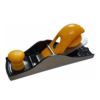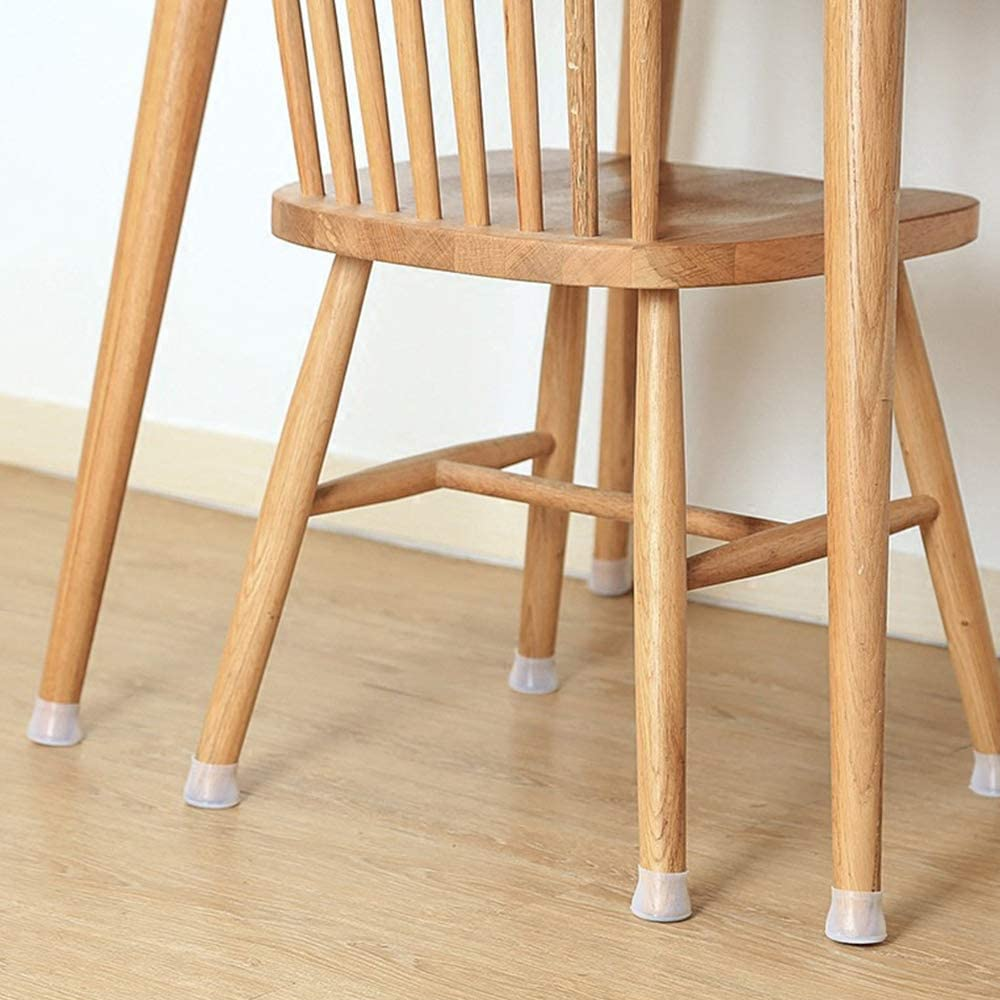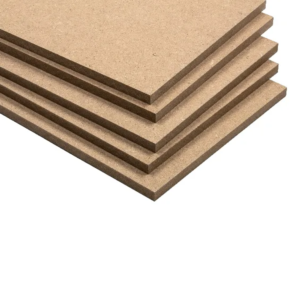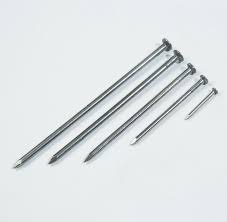🚚 Fast Delivery | ⭐ Best Quality | 📞 24/7 Support
+971 2 552 3918
info@coolwaybm.com
- Power Tools & Machinery
- Fire and Safety Equipement
Fire and Safety Equipement
- Adhesives
- Plumbing & Sanitary
- Packing Materials
Packing Materials
- Abrasives
- Carpentry
- Welding Accessories
Welding Accessories
- Fasteners
- Lock & Furniture Accessories
Lock & Furniture Accessories
- A/C Refrigeration
- Electrical
Electrical
You can add any HTML here
We suggest you to create a Saved Template in Dashboard -> Templates -> Saved Templates and use it by switching content type above to Saved template.
A chair leg is the essential part of a chair’s structure that provides support and balance. Its function is to bear the weight of the user and the chair itself, ensuring stability while sitting. Chair legs come in various designs, materials, and shapes to complement the style of the chair and the overall decor of a room.
Wooden chair legs are traditionally used for their natural look and sturdiness. They can range from classic styles such as Queen Anne or cabriole to more modern designs with sleek, clean lines. Metal legs offer a more industrial or contemporary look and are favored for their durability and strength. Plastic chair legs are lighter and often used in budget-friendly designs, offering flexibility in color and shape.
The design of the chair leg can greatly impact the chair’s style and functionality. Straight legs are common in minimalist or modern chairs, while curved or tapered legs can add a touch of elegance to traditional furniture. For ergonomic designs, some chair legs are adjustable, allowing users to change the height of the seat, such as in office chairs or bar stools.
In addition to their aesthetic contribution, chair legs serve practical purposes. They prevent the chair from tipping over by providing a stable base. The material and shape of the legs can also affect the comfort level of the chair. For example, chairs with tall, thin legs tend to be more aesthetic but may not be as sturdy for heavier individuals. On the other hand, wide, solid legs offer more stability and support.
Chair legs also help in protecting the flooring. Many modern chair legs are fitted with rubber or felt pads to prevent scratches on hardwood floors or tiles while minimizing noise when the chair is moved.
In conclusion, chair legs are integral to a chair’s overall functionality, comfort, and aesthetic. The right choice of material and design enhances the user experience, while ensuring that the chair is stable, durable, and stylish.
There is £4.99 charge for delivery under £50 Orders. Additional charges will be imposed by our couriers for delivery to remote area, a surcharge may be levied to cover carriage to these areas.
Chair Leg
د.إ1.00
Short Description:
- Chair Leg is the support structure at the bottom of a chair, providing stability and balance.
- Made from materials like wood, metal, or plastic.
- Comes in different shapes, sizes, and designs to match various chair styles.
- Affects the comfort, aesthetic, and durability of the chair.
- Can be adjustable or fixed, depending on the design.
A chair leg is the essential part of a chair’s structure that provides support and balance. Its function is to bear the weight of the user and the chair itself, ensuring stability while sitting. Chair legs come in various designs, materials, and shapes to complement the style of the chair and the overall decor of a room.
Wooden chair legs are traditionally used for their natural look and sturdiness. They can range from classic styles such as Queen Anne or cabriole to more modern designs with sleek, clean lines. Metal legs offer a more industrial or contemporary look and are favored for their durability and strength. Plastic chair legs are lighter and often used in budget-friendly designs, offering flexibility in color and shape.
The design of the chair leg can greatly impact the chair’s style and functionality. Straight legs are common in minimalist or modern chairs, while curved or tapered legs can add a touch of elegance to traditional furniture. For ergonomic designs, some chair legs are adjustable, allowing users to change the height of the seat, such as in office chairs or bar stools.
In addition to their aesthetic contribution, chair legs serve practical purposes. They prevent the chair from tipping over by providing a stable base. The material and shape of the legs can also affect the comfort level of the chair. For example, chairs with tall, thin legs tend to be more aesthetic but may not be as sturdy for heavier individuals. On the other hand, wide, solid legs offer more stability and support.
Chair legs also help in protecting the flooring. Many modern chair legs are fitted with rubber or felt pads to prevent scratches on hardwood floors or tiles while minimizing noise when the chair is moved.
In conclusion, chair legs are integral to a chair’s overall functionality, comfort, and aesthetic. The right choice of material and design enhances the user experience, while ensuring that the chair is stable, durable, and stylish.
There is £4.99 charge for delivery under £50 Orders. Additional charges will be imposed by our couriers for delivery to remote area, a surcharge may be levied to cover carriage to these areas.
Reviews
There are no reviews yet.
Buy more save more!
Buy from 2 to 4 items and get 10% OFF
on each productBuy from 5 to 8 items and get 15% OFF
on each product- Free shipping on all orders above 50,00
- No hassle returns, 30 days return
- Next day delivery within your country












Reviews
There are no reviews yet.